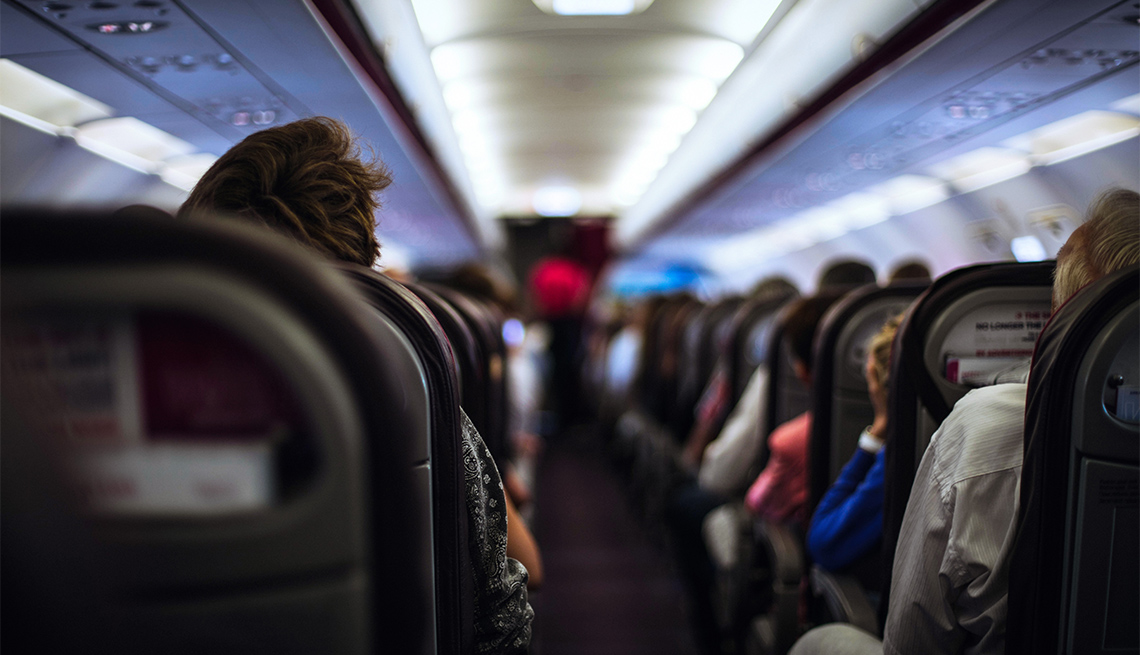
How to protect yourself when turbulence hits
- Select a language for the TTS:
- UK English Female
- UK English Male
- US English Female
- US English Male
- Australian Female
- Australian Male
- Language selected: (auto detect) - EN
Play all audios:

Col. Sam Joplin, a 23-year veteran of the Air Force who now flies for a major cargo carrier, says that while pilots can account for and prepare for most types of convective turbulence,
clear-air turbulence sneaks up on pilots without any warning. “Clear-air turbulence isn’t necessarily associated with visible weather,” says Joplin, who flies international flights two
times per month. “Still, clear-air turbulence can happen out of the clear blue, and pilots and crews react accordingly.” Joplin and Raynor offer these tips in the event that clear-air
turbulence goes from light to severe. KEEP YOUR SEAT BELT FASTENED. “It sounds cliché and you’ve heard it a thousand times before,” Joplin says, “but it really is your best defense against
injury.” To wit, the FAA requires that seat belts must be fastened during takeoff and landing, and whenever the pilot illuminates the “fasten seat belt” sign. Joplin says that most
turbulence-related injuries are to passengers who were not strapped in when clear-air turbulence occurred and were therefore violently thrown across the cabin or into the ceiling. Major
injuries also can occur when passengers who are not wearing their seat belts are thrown into or on top of those who are. “A good rule of thumb: If you hear me tell you to take your seat and
buckle up, and if you hear me instruct the flight crew to take their seats, suspend in-cabin services and buckle up, it’s a good idea to listen,” Raynor says. “It means we’ve been alerted to
some encounters of turbulence, and we’re trying to prepare you for it.” MAKE SURE ALL YOUR PERSONAL BELONGINGS AND LUGGAGE ARE SECURED. Passengers also can be injured when the beverage cart
is out and luggage and drinks are unsecured. In that instance, aluminum cans and laptops can become projectiles. AVOID PANICKING. Joplin encourages passengers to practice diaphragmatic
breathing. He points to the University of Michigan health department’s recommendation to inhale through your nose for four seconds, hold for two seconds, then exhale out of your mouth for
six seconds. Although turbulence can be jarring, keep in mind that pilots train for every kind of weather phenomenon. In addition, the aircraft have been tested to withstand 1.5 times the
force on their frames, according to Executive Flyers, a trusted source of information for civil, commercial and military aviation. “I know it’s scary when the plane is shaking while you’re
35,000 feet in the air,” Joplin says. “Just keep in mind that your pilot is not concerned, so you shouldn’t be either.” _Editor's note: This article was originally published on March
8, 2023. It has been updated to reflect new information._ _Contributing: Associated Press_
